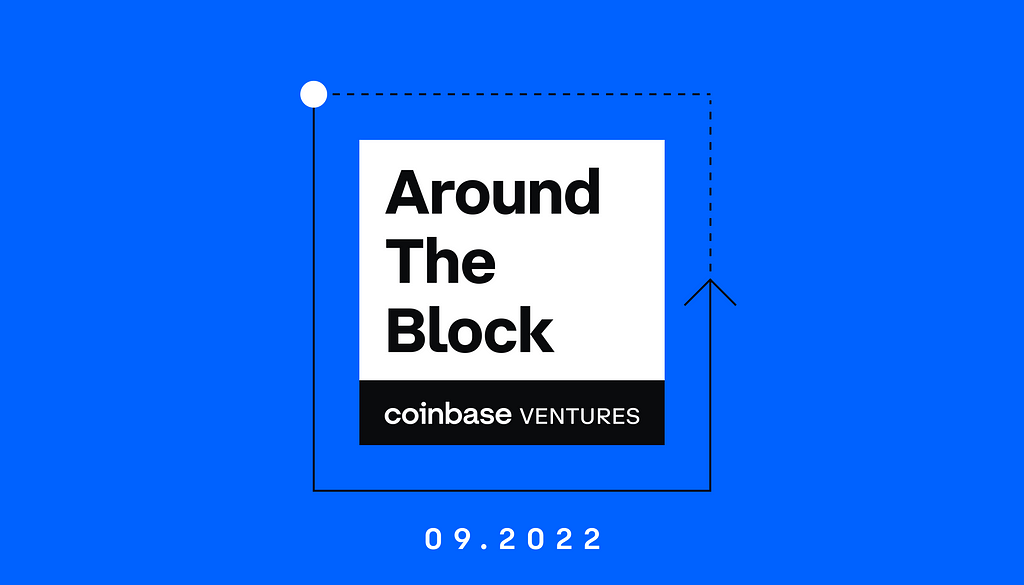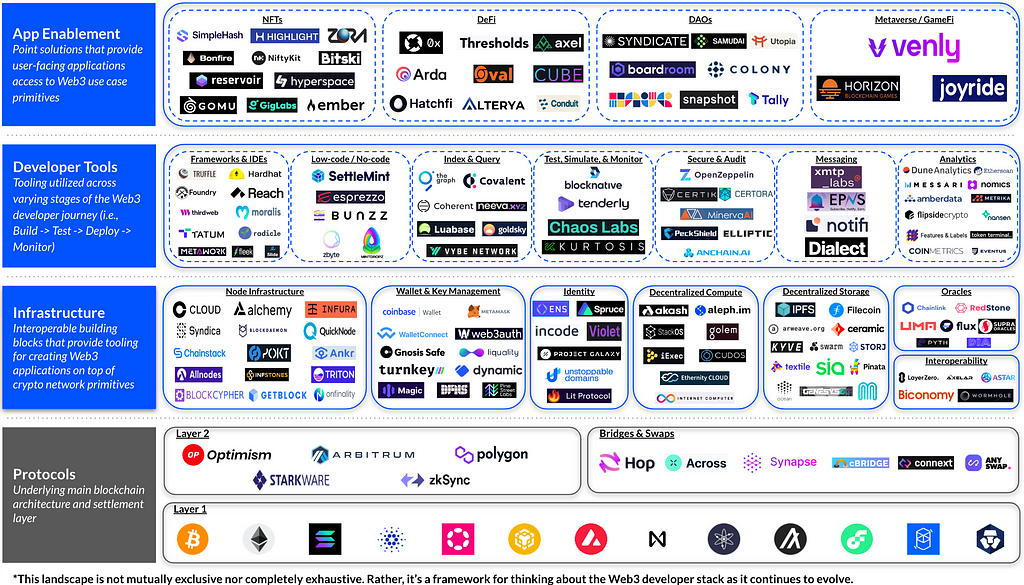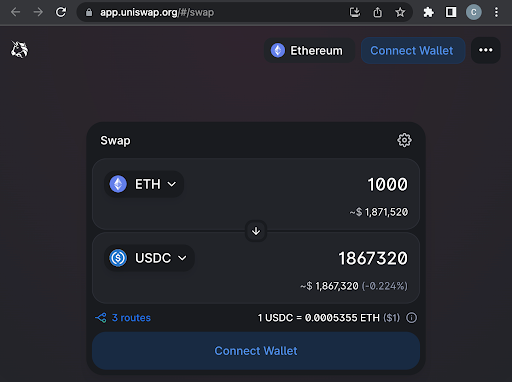
Polygon Labs and Google Cloud will team up in a multi-year agreement to drive the development and adoption of the Ethereum scaling protocol’s infrastructure and developer tools.
Polygon Labs and Google Cloud announced a multi-year partnership at Consensus 2023 that will see the cloud computing service provider help boost the development of the Ethereum (ETH) scaling protocol’s tools and infrastructure.
Polygon’s core protocols, including Polygon PoS (proof-of-stake), Polygon zkEVM and Polygon Supernets, are set to benefit from the provision of Google Cloud’s framework and developer tools. The partnership is aimed at simplifying developer integration to build, launch and grow Web3 products and decentralized applications (DApp) on Polygon.
Google Cloud’s partnership with the ecosystem is expected to advance Polygon’s zero-knowledge development. Testing of Polygon zkEVM’s zero-knowledge proofs (zk-proofs) on Google Cloud reportedly resulted in faster and cheaper transactions compared to the existing infrastructure available.
The Polygon zkEVM beta, an Ethereum Virtual Machine (EVM) scaling solution, was launched to mainnet in March 2023, powering reduced transaction costs and increased throughput of smart contract deployments.
Related: Polygon’s ‘holy grail’ Ethereum-scaling zkEVM beta hits mainnet
Google Cloud’s Blockchain Node Engine will be used by the Polygon ecosystem to assist with time-intensive processes and costly overheads of acquiring, maintaining and operating dedicated blockchain nodes. This specific integration intends to remove the need for Polygon developers to configure and run Polygon PoS nodes.
Polygon Labs president Ryan Wyatt highlighted the wide variety of benefits to the protocol’s ecosystem through the partnership in a statement coinciding with the roll out of the collaboration:
“Today's announcement with Google Cloud aims to increase transaction throughput enabling use cases in gaming, supply chain management, and DeFi.”
Google Cloud’s APAC managing director of engineering and Web3 go-to-market Mitesh Agarwal said its services are improving data availability, resilience and performance of scaling protocols like zk-proofs.
The partnership will also provide capital resources to Polygon ecosystem developers and companies building Web3 products and DApps. Certain early-stage Polygon Ventures-backed startups will also be able to receive newly-launched Web3-specific benefits from the Google for Startups Cloud Program.
Google Cloud’s startup accelerator program now supports 11 major blockchain firms. Meanwhile, blockchain analytics firm Nansen also announced that its data services would be available to projects in Google Cloud’s Web3 startup program.
Magazine: Here’s how Ethereum’s ZK-rollups can become interoperable








